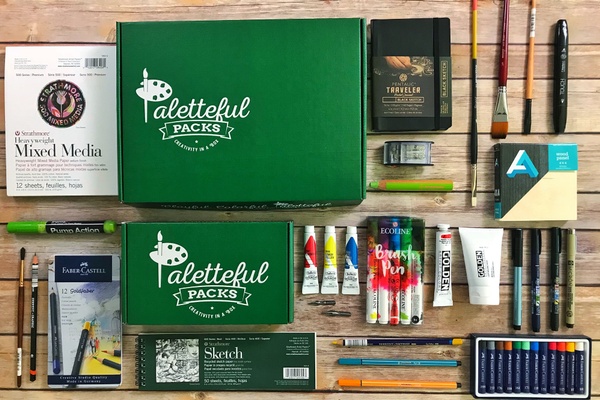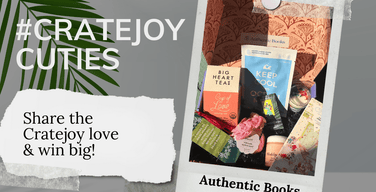What Are Chalk Pastels?
Updated by Sydney Bollinger
Chalk pastels might first bring to mind your middle school art class because they’re an easy-to-use medium that’s not too messy for beginning artists. Just like chalk for a classroom blackboard or sidewalk chalk, this art material is dusty and can be impermanent, which is another reason they’re** great to use with kids **.
Knowing how to use chalk pastels can be difficult, though, because they are such a different medium from something we might normally pick up in the studio, like paints or colored pencils. What’s more, chalk pastels aren’t the only kind of pastels that you can use: there are also oil pastels, pastel pencils, and a whole range of “hard” pastels. So what makes chalk pastels stand out, and what’s the best way to use them in your next art project?

What makes chalk pastels different?
Chalk pastels are also known as “soft pastels” because the material is, well, soft. Made by combining dry pigments with binders and setting the formula into sticks, chalk pastels’ color can run off onto your hands and, if you’re not careful, you can easily erase or smudge your work. Sometimes charcoals can look similar to chalk pastels, but it’s easy to tell the difference because charcoals are normally only available in grayscale shades.
The other popular kind of pastels, oil pastels, are similar to chalk pastels, but are more akin to a crayon or a “solid” form of oil paint. They’re popular to use in painting projects and are considered a more advanced tool to work with once you’re comfortable with a more accessible medium like chalk pastels.
Not all chalk pastels are made the same, though. The type of dry pigment and binders used in the creation of chalk pastels can alter the quality of the pastels, so when you’re buying them, it helps to look up what brands are of the highest quality. The cheap pack from Wal-Mart will definitely get you started in the medium, but spending the money on a more expensive, better quality set will benefit your art in the long run.

How can I use chalk pastels in my art?
You can use chalk pastels on their own or incorporate them into a mixed media project, combining them with other mediums like you might find in the Monthly Premier Paletteful Pack .
For projects where you want to let the chalk pastels shine on their own, take care to outline your work in something light-colored and easily smudged, like graphite or one of your light-colored pastels. Having ** smudge sticks **nearby can also help with shading and combining colors to get that perfect hue.
Personally, I love using chalk pastels in works where their colors and textures will come across vibrantly, adding highlights, shadows, and helping create effortless backgrounds. When using them with watercolor, create your painting and then come in with chalk pastels to add textured lines and richer shadows to your work. The lighter, calming shades of watercolors harmonize beautifully with chalk pastels.
You could also go a different route and use chalk pastels alongside colored pencils to create stunning, bold pieces of art. When using colored pencils, I often like to design the background with chalk pastels, as their softer colors can make the sharper lines of the colored pencils really pop off the page.
No matter what route you go with chalk pastels, always be sure to seal your projects once they’re complete. Because this medium is chalk, over time it can be dusted off of the page, smudge, and lose its color. You don’t need to run to the art supply store for a fancy sealant, though: many artists simply use hairspray because it’s inexpensive and works well.
Once sealed, you can frame and display your art! If you’re not ready to hang it on the wall, consider getting an** art portfolio **to store your work and keep it safe from accidental smudges.
Who uses chalk pastels?
Many different artists use chalk pastels because of their versatility, so don’t think you’re joining the kids’ club if you want to give them a try. Renowned artists Leonardo di Vinci and Edgar Degas both utilized chalk pastels in their work, so you’re in good company!




![Image of I Tried Paletteful Packs and Yeah, It's Worth It [Staff Review 2021]](http://www.cratejoy.com/cdn/shop/articles/hm4Ctpx8RA6VasIt7Dxo_paletteful-packs-staff-review_280985b1-69fa-4bd3-9c25-f0ecf71dde5d.jpg?crop=center&height=200&v=1713988922&width=350)










